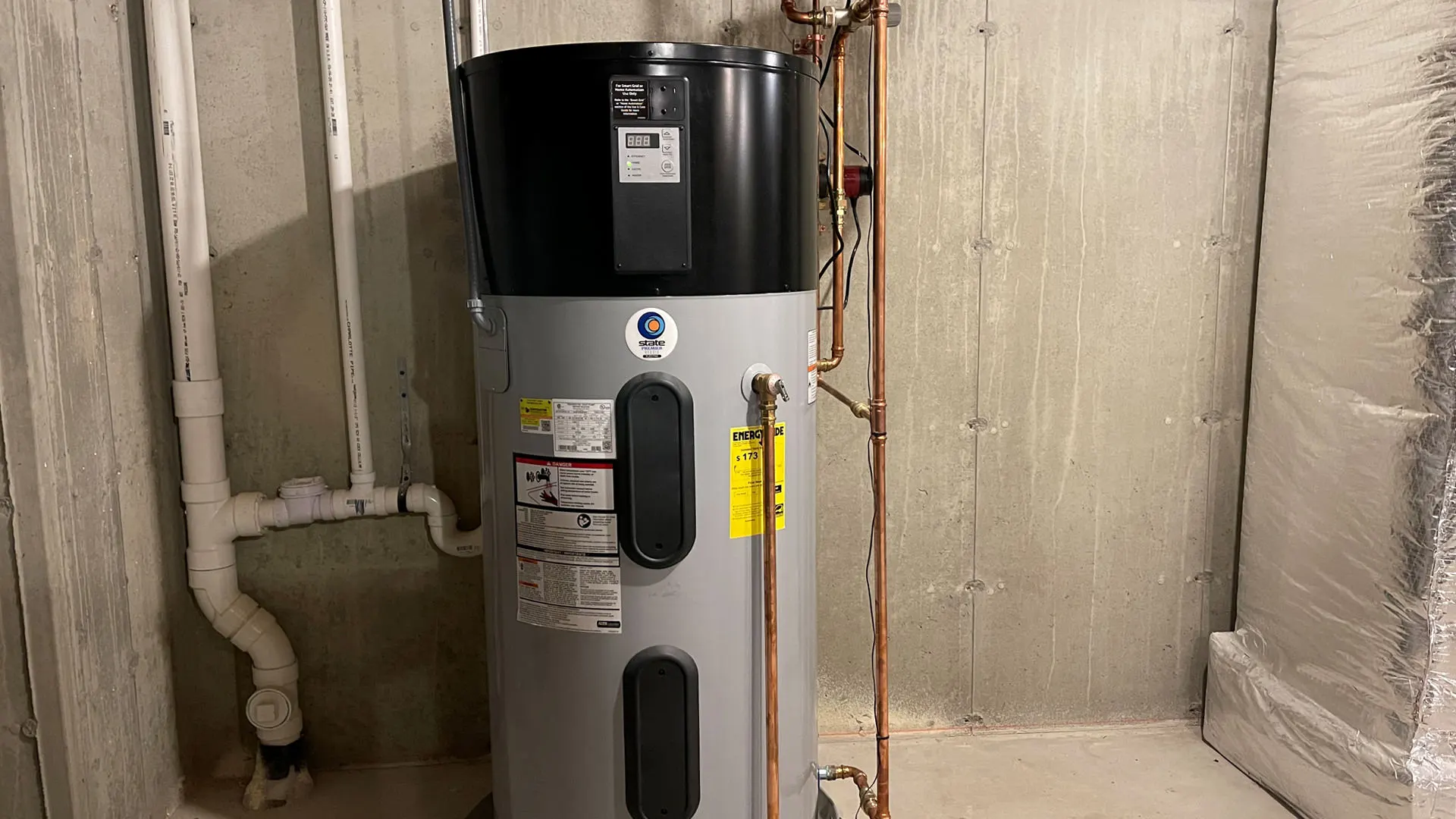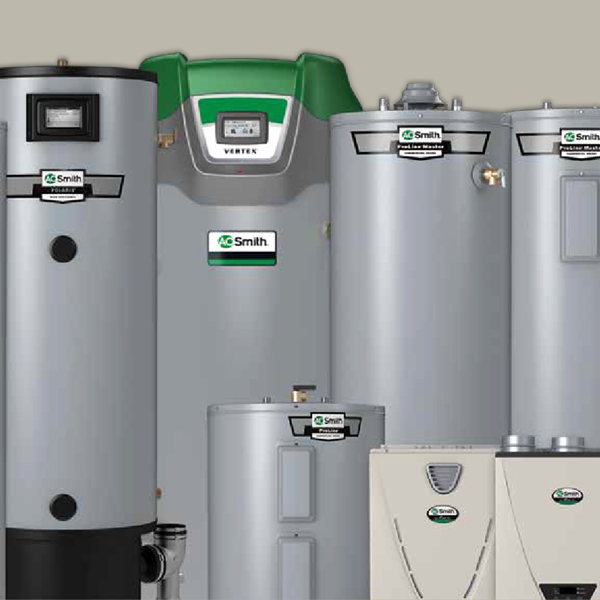Cost-effective water heater installation services in Yorba Linda for all homes
Cost-effective water heater installation services in Yorba Linda for all homes
Blog Article
Do It Yourself Hot Water Heater Installation: Important Actions for Success
When considering a DIY water heating unit installation, it is essential to come close to the job with a systematic mindset, as the procedure includes numerous crucial actions that can dramatically affect both security and performance. Choosing the appropriate water heating system for your certain demands is simply the beginning; preparing the installment location and understanding the essential tools and materials are similarly vital.
Selecting the Right Water Heater
When selecting a water heating unit, it is important to take into consideration several essential variables to make sure optimal efficiency and performance - water heater installation. To start with, examine the sort of hot water heater that finest suits your needs. Options include tankless, storage space container, and warmth pump water heaters, each offering unique advantages in regards to energy performance and area requirements
A larger household might call for an unit with a better gallon ability or a tankless system that can provide continuous hot water. Each power kind has ramifications for installment expenses and lasting power expenditures.
Energy performance is an additional essential element. By very carefully reviewing these factors, you can select a water heater that lines up with your household's specific needs, ensuring comfort and performance for years to come.
Devices and Materials Needed
Successfully setting up a hot water heater requires not just the ideal choice of system but also the suitable devices and materials. Prior to beginning on your do it yourself project, guarantee you have an extensive checklist of things to assist in a smooth installation process.
Essential devices consist of a monkey wrench, adjustable pliers, and a screwdriver set (both flathead and Phillips), which will certainly aid you take care of numerous fittings and links. Additionally, a drill with ideal little bits is needed for installing braces or making any kind of needed holes. For security, a voltage tester is essential, particularly when managing electrical hot water heater.
As for products, obtain Teflon tape to ensure watertight connections on threaded fittings. You will also require a versatile water system line, which can be either knotted stainless steel or PVC, relying on your choices and regional codes. Don't neglect to stockpile on fittings, such as elbow joints and couplings, to attach the plumbing securely. Finally, a pan or drip tray can help handle any possible leakages, offering an added layer of safety. By collecting these tools and materials beforehand, you established the phase for a successful water heating system installation.
Getting Ready For Setup
Before beginning the setup of your hot water heater, it is critical to examine the installation site to guarantee it satisfies all required needs. Begin by confirming that the area is well-ventilated, specifically for gas water heating units, to avoid the buildup of dangerous gases. Examine for the schedule of essential connections, consisting of water supply lines and electrical outlets, ensuring they are in great problem and correctly situated.

This proactive strategy not only ensures compliance with regional structure codes yet also improves the long life and performance of the water heater. Appropriate prep work sets the stage for a smooth setup process and aids avoid unanticipated concerns.
Step-by-Step Setup Process
With the prep work total and all required analyses carried out, the next phase involves the step-by-step installment of your water heater. For tank-type water heating systems, attach the cold water supply line to the inlet, generally marked in blue, and the image source hot water line to the outlet, normally assigned in red.
Following, secure the temperature and pressure safety valve, which is crucial for safety. Affix the discharge pipe to this shutoff, directing it towards the floor or a suitable drain area. For electrical models, link the power supply by removing the cords and safeguarding them to the heating unit's terminals according to the producer's directions.
If you are setting up a gas hot water heater, make certain the gas line is attached effectively and look for leaks using a soap solution. Nevertheless links are made, fill up the container with water before switching on the power navigate here or gas supply. Permit the water heating system to get to the preferred temperature level and check for any leaks around all connections.
Ensuring Security and Efficiency
Routinely guaranteeing security and performance during the installation and procedure of your water heater is important for ideal performance and durability. Begin by choosing an ideal location that adheres to neighborhood structure codes and gives appropriate ventilation. Make sure that the location is without combustible products and has sufficient space for maintenance and inspections.

After installation, conduct routine examine the unit to discover leaks, corrosion, or uncommon sounds. Establish the thermostat to a safe temperature, usually around 120 ° F, to stop scalding and improve energy performance. Shield pipelines to lower warm loss, which adds to reduce power bills.
Final Thought
In conclusion, effective DIY hot water heater installment hinges on mindful planning and execution. Picking the ideal hot water heater, preparing the installment location, and following a systematic setup process are critical steps. Sticking to safety and security guidelines throughout the setup makes sure both security and efficiency. Furthermore, normal upkeep checks post-installation will contribute to the optimal performance of the hot water heater, eventually improving the long life and efficiency of the system. Correctly setting the thermostat better guarantees risk-free operation.
When thinking about a Do it yourself water heater installment, it is necessary to approach the task with a methodical frame of mind, as the procedure includes a number of critical steps that can significantly affect both safety and pop over to these guys performance.Prior to beginning the installation of your water heating unit, it is critical to evaluate the installment site to guarantee it satisfies all needed requirements. For tank-type water heating units, link the chilly water supply line to the inlet, normally noted in blue, and the warm water line to the outlet, usually assigned in red.Consistently guaranteeing security and effectiveness during the installation and operation of your water heating unit is essential for ideal efficiency and long life. Selecting the proper water heater, preparing the installment location, and following a systematic installment procedure are essential actions.
Report this page